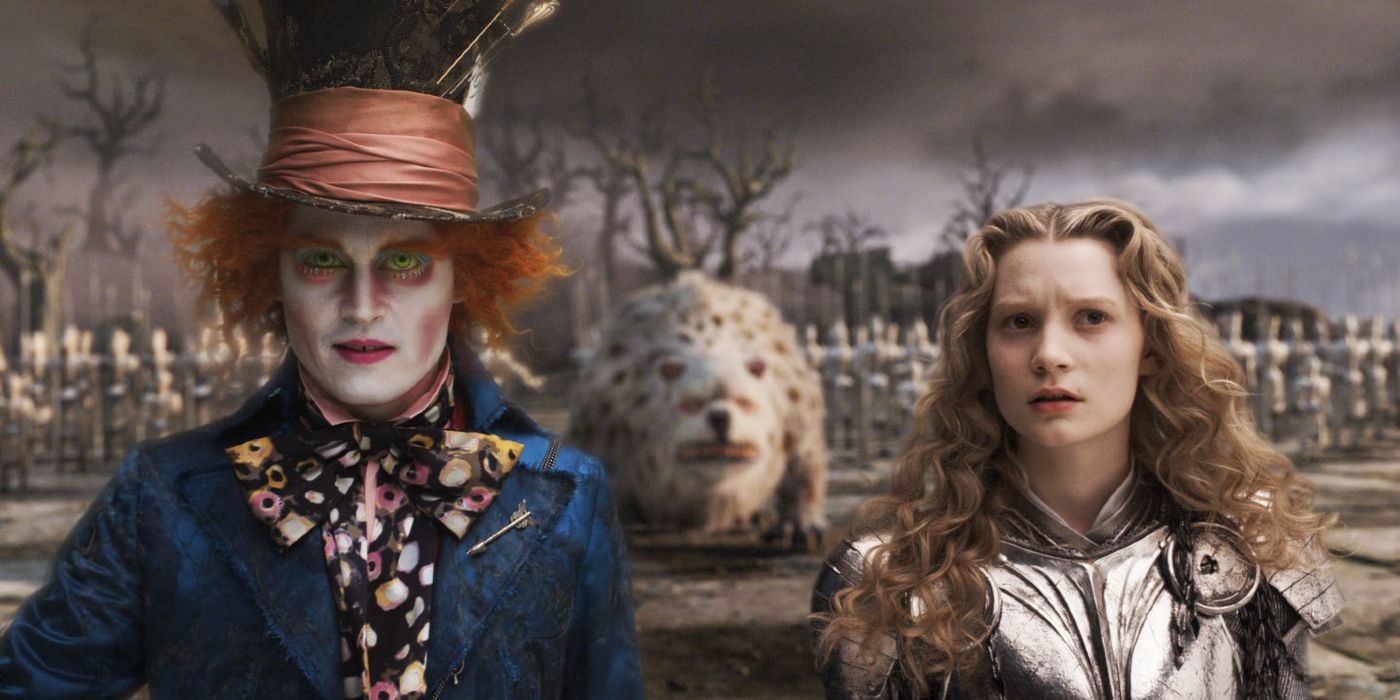Tim Burton is one of the great minds of Hollywood. While the critical responses are sometimes mixed, audiences always receive his films with open arms. The director has a gothic style and often depicts outcasts in his work. But visually, Burton's unique visual flare is always immediately obvious.
Burton's best films share some aesthetic similarities. While ranking some of his most well-known films by their visuals is a subjective process, it's important to note that, regardless of the order, each of these movies brings something completely different to the table. Film is a visual medium, and Burton has always made the most of the platform when he tells his stories.
10 Frankenweenie (2012)
There have been so many strange monster movies that twisted classic lore and reinvented it for a new narrative. Frankenweenie, which is based on Burton's short film for Disney from 1984, applies the mythology of Mary Shelley's Frankenstein to a young Victor and his dog called Sparky.
Burton has a deep affection for stop-motion animation. Although Frankenweenie isn't the best display of the movie-making technique in his career, it's certainly a tribute to what it can achieve visually. The black-and-white palette is a stark choice, and the over-the-top character designs fall in line with Burton's other work in stop-motion. While the movie has limitations, the picture boasts genuine depth and utilizes its lighting choices in intelligent ways.
9 Mars Attacks! (1996)
Most people don't actually realize that Mars Attacks! was based on a pre-existing kids' brand. Burton used the Topps trading card series as inspiration for the science fiction parody. The movie is absolutely bizarre and depicts a Martian invasion of Earth and the alien's subsequent experimentation on humankind.
Mars Attacks! deals with equally dark and absurd themes while the visuals match that strange balance of tones. The aliens are both grotesque and hilariously designed, their erratic visualization contrasting well against the plainness of Earth. Indeed, this is a movie of contrasts, and that's displayed well across the picture. Mars Attacks! doesn't display some of Burton's most ambitious aesthetics, but the Martians themselves are iconic enough.
8 Dumbo (2019)
Burton and Disney have partnered on a number of occasions, and the director has become a reliable hand in reimagining some of the company's classic animated features. Dumbo was one of the pictures that Burton made his own, retelling the story of the elephant that could fly.
Dumbo, traditionally, is depicted with a great deal of heart and sadness, two emotions Burton always reflects in his imagery. While his gothic undertones are slightly held back throughout the feature, there is still something gloomy about the image, representing Dumbo's emotional state. But the circus adds color and warmth to proceedings, playing into the contrasts that Burton is so well-known for. Although more perhaps could have been done with the circus theme, the depiction of Dumbo, in particular, is so photo-realistic that the soul of the film comes from the titular lead.
7 Sweeney Todd (2007)
Burton has always sought out variety in his career and crafted a few musicals that truly stand the test of time. Sweeney Todd balances genres perfectly, with the musicality of the feature paired with horror and slasher tropes. The murderous Demon Barber of Fleet Street never looked so good.
Sweeney Todd is an adaptation of the stage musical, so there were visual cues that Burton already had to play to. But he represented the sinister tone of the story through the muted colors, ensuring every element from the sets to the costume designs played to the palette's strengths. The classy Victorian backdrop informs the aesthetic further but is broken up by the visceral nature of the violence and bloody murder. Burton is especially good at portraying a kill with an edge of dark humor.
6 Beetlejuice (1988)
While there are other pictures in Burton's career that will define his legacy, it's hard to ignore the impact of Beetlejuice, an early entry into his filmography. Often listed as one of Michael Keaton's best roles, Beetlejuice portrayed a deceased couple who wished to scare away the incoming residents of their old house.
Beetlejuice has become a staple of the Halloween season because of its whimsicality and humorous horror moments. The use of prosthetics throughout the picture is superb, and Burton even found a way to include his love for stop-motion animation in the form of a worm monster. It's colorful and grimy and unlike anything else on screen. But the most stunning visuals are saved for trips to the afterlife, with a huge portion of the film framed by the melancholy of the deceased's house instead.
5 Corpse Bride (2005)
Corpse Bride really does it all. It's a fantasy, a musical, a gorgeously crafted stop-motion animated feature and a horror. The film is set in the Victorian era and depicts Victor Van Dort, who mistakenly proposes to a deceased bride, sabotaging his wedding plans in the mortal world.
Burton gets to play around with the worlds of the living and the dead once more, and it's a very deliberate choice to ensure that all the life is in the afterlife. Above ground, it's gray, miserable and muted in its color palette. But below the dirt, the deceased are thriving, with Burton opening up his color palette far further than usual. Somehow, Corpse Bride hasn't made its mark in Burton's filmography quite like it deserves, and there are other pictures from the director that push his limitations further. But it's hard to deny the artistic beauty of the animation.
4 Batman (1989)
Batman is a core character in DC's comic book universe and has become a cinematic icon. Many looked at Burton as an odd choice to craft a reboot of the Dark Knight on the screen. However, the camp, gothic and heroic portrayal of the battle between Batman and The Joker is still a favorite among moviegoers. Burton left no stone unturned when it came to bringing a sense of realism to this heightened reality.
The costume designs are phenomenal and tell the story of each character. Gotham feels like a character unto itself, with many still looking to this visualization of the city as the definitive version. And Burton's use of comic book imagery to create a look that resonated with fans shouldn't go unnoticed. Although for some, Batman Returns took the aesthetic to the next level, it's hard to deny the foundations that Batman set.
3 Charlie and the Chocolate Factory (2005)
Fantasy movies are always getting TV reboots these days, so it's a surprise that Charlie Bucket's universe is returning with the cinematic Wonka. Tim Burton gave his adaptation of the Roald Dahl classic Charlie and the Chocolate Factory and imbued it with many of his visual trademarks. But Charlie and the Chocolate Factory wasn't muted and gothic like so many of Burton's other films.
Instead, Burton pushed the dial to 11 and didn't hold back in creating astonishingly wacky visuals that took the term "fantasy" seriously. The vibrancy and creativity demonstrated in Willy Wonka's Chocolate Factory elevated its status as a company every kid would dream of owning. Burton made sure to set his iteration of the story apart from past outings, with even the Oompa Loompas getting an overhaul. At times, Burton may have lacked nuance and restraint here, though, holding it back from the top spot.
2 The Nightmare Before Christmas (1994)
It seems unfair to place The Nightmare Before Christmas in the top spot as a Burton film, as the artist didn't actually direct it. Instead, Burton produced the film, with Henry Selick stepping up for directorial duties. The film stars Jack Skellington, the Pumpkin King, who discovers Christmas for the first time and tries to put his own sinister twist on the season.
The film is known as Tim Burton's Nightmare Before Christmas for a reason, as his visual fingerprints are all over the aesthetic. It's equal parts dark and bright, with the differences between Halloween Town and Christmas Town perfectly summing up the narrative. There is perhaps no better display of what stop-motion animation can achieve than this Disney classic, which crafts a fictional world that's so fantastical and obscure that it became a defining point of the film.
1 Alice in Wonderland (2010)
Disney and Tim Burton make for strange partners on the surface, but somehow, the director's techniques give new life to classic animated tales. Alice in Wonderland was another picture to get this treatment. Burton ignored the original depiction and told his own story of an older Alice returning to Wonderland who had forgotten all about her previous adventures.
Alice in Wonderland is all about growing up, and Burton found many contrasts to artistically make. The dainty and delicate world that Alice comes from is starkly different from the outlandish and kinetic Wonderland. The film is grounded and serious in the right places and nightmarishly ambitious in others. From the monsters and characters to the plants and architecture, grim and playful aesthetics are balanced in each decision Burton makes. For many, this visualization of Wonderland actually outranks the animated feature as an unforgettable depiction of Lewis Carroll's world.

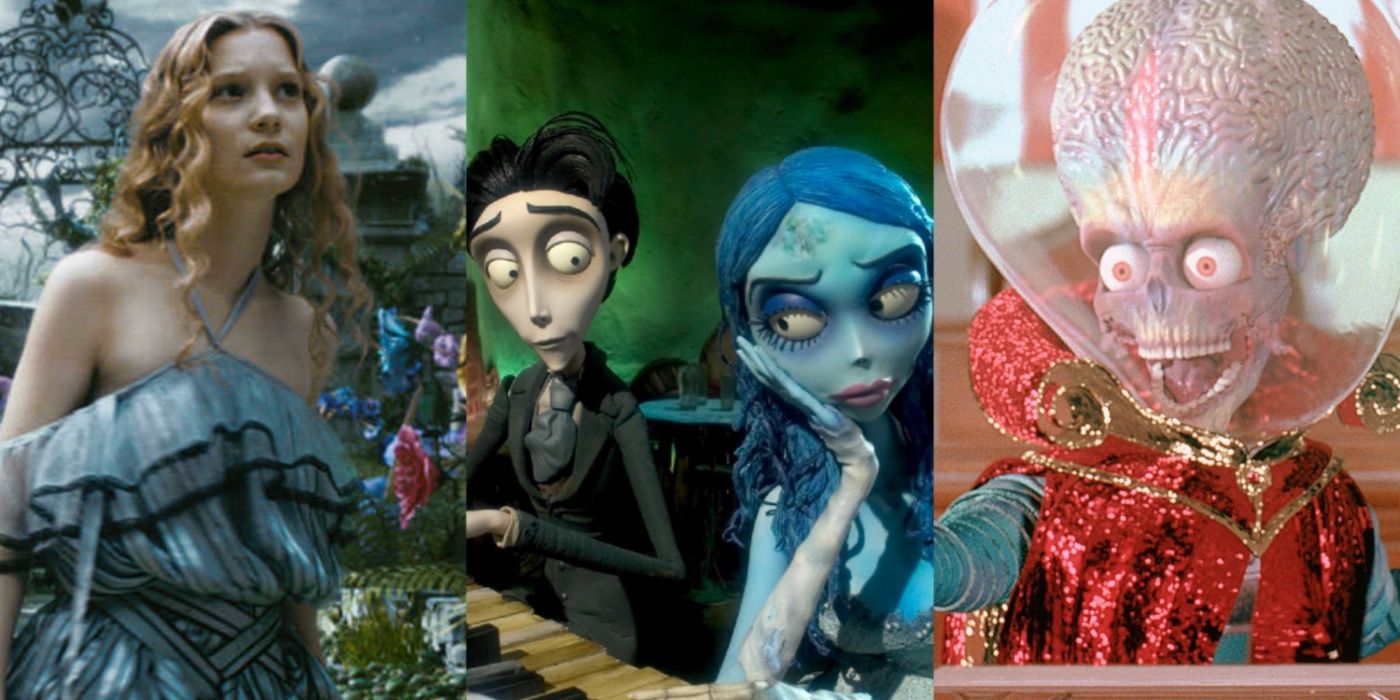
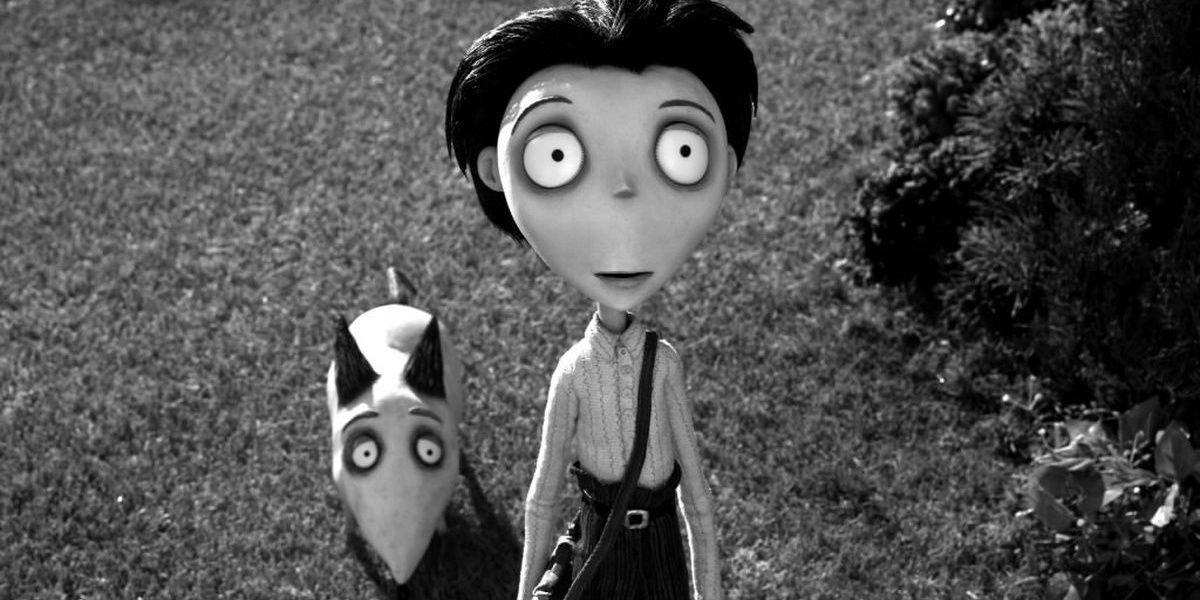
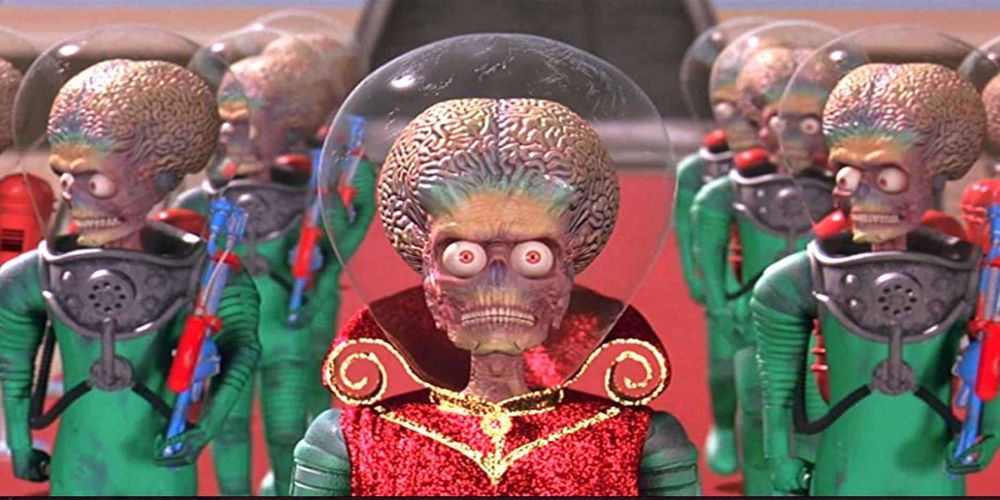
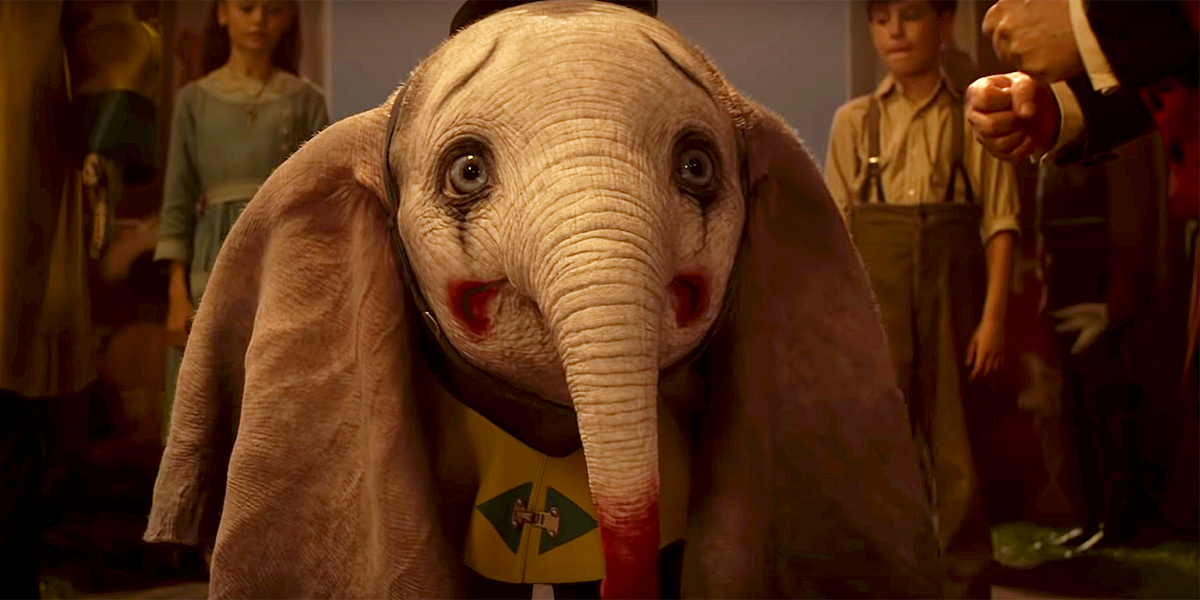
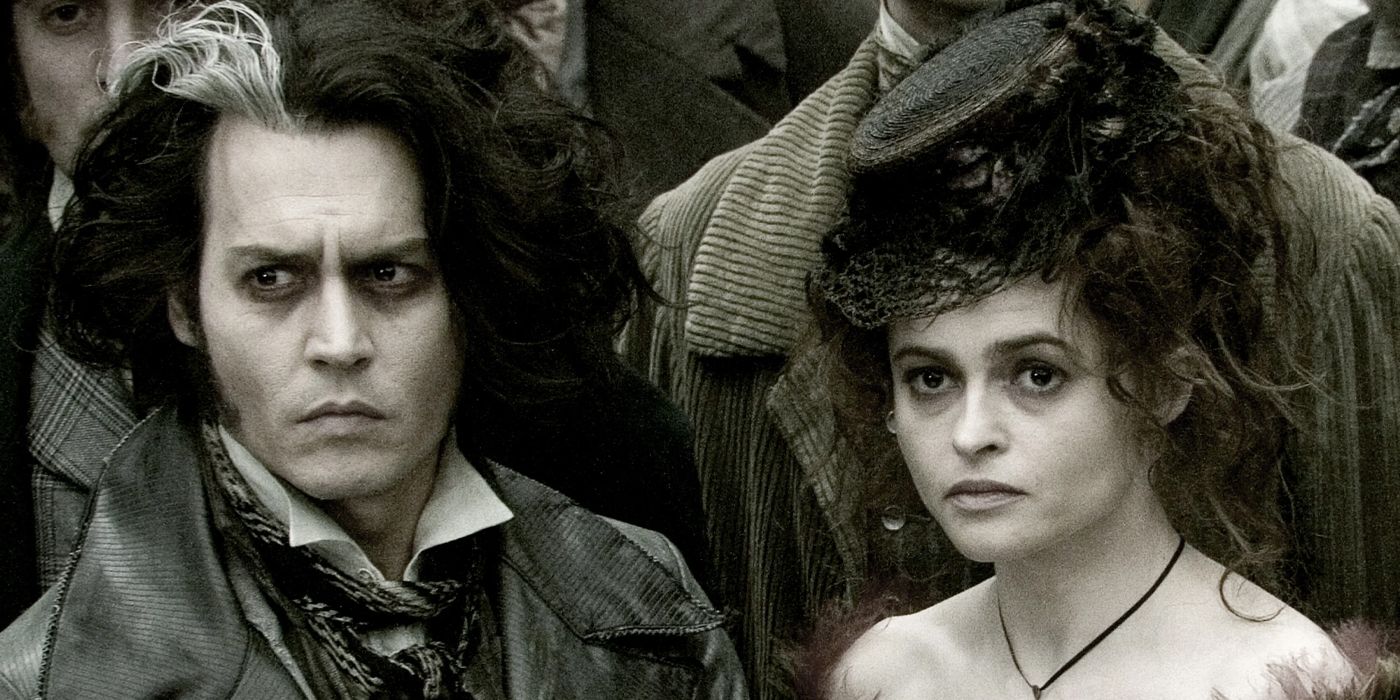
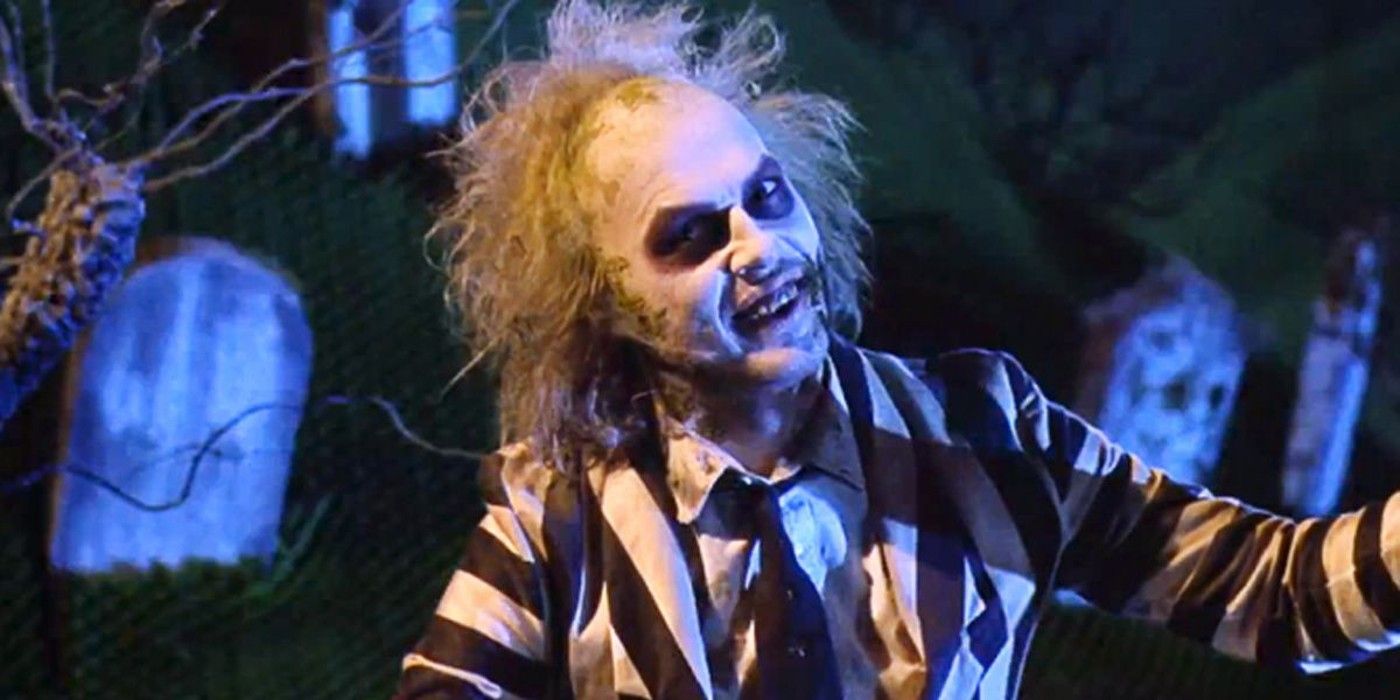
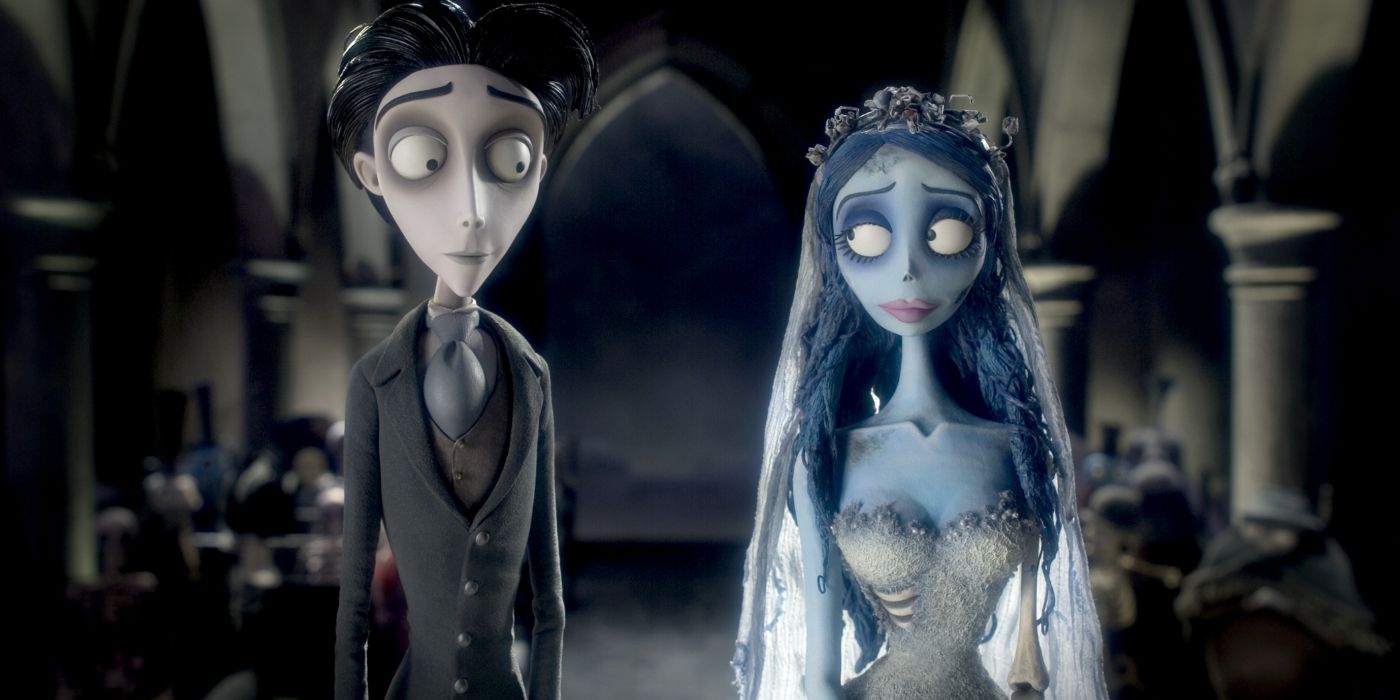
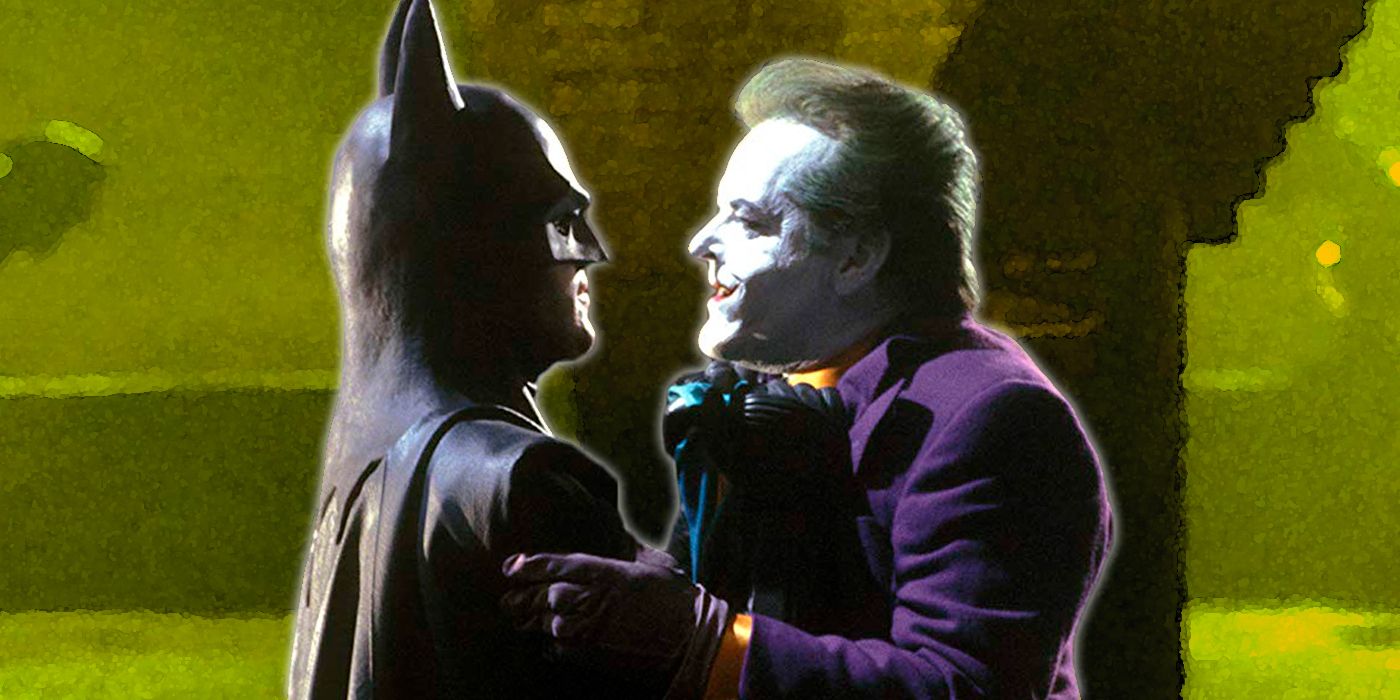
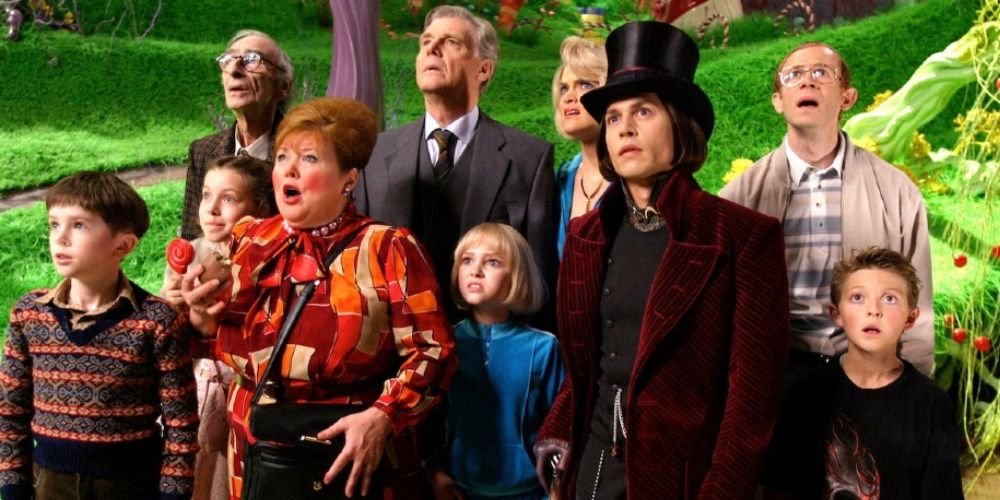
.jpg)
